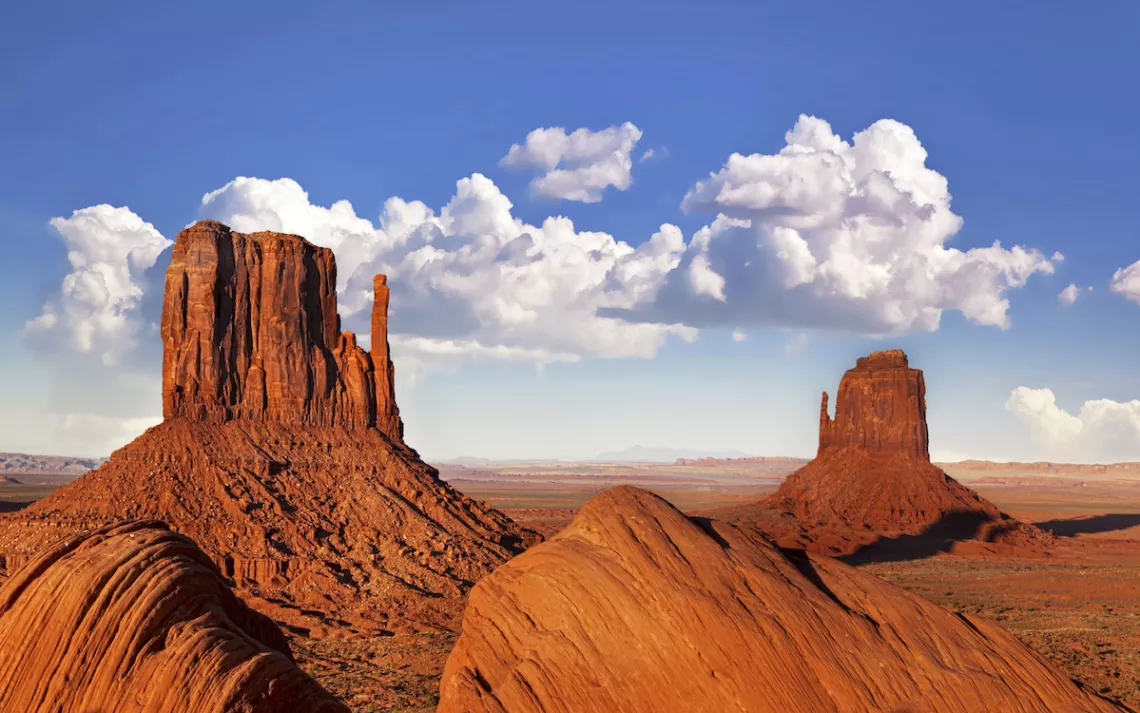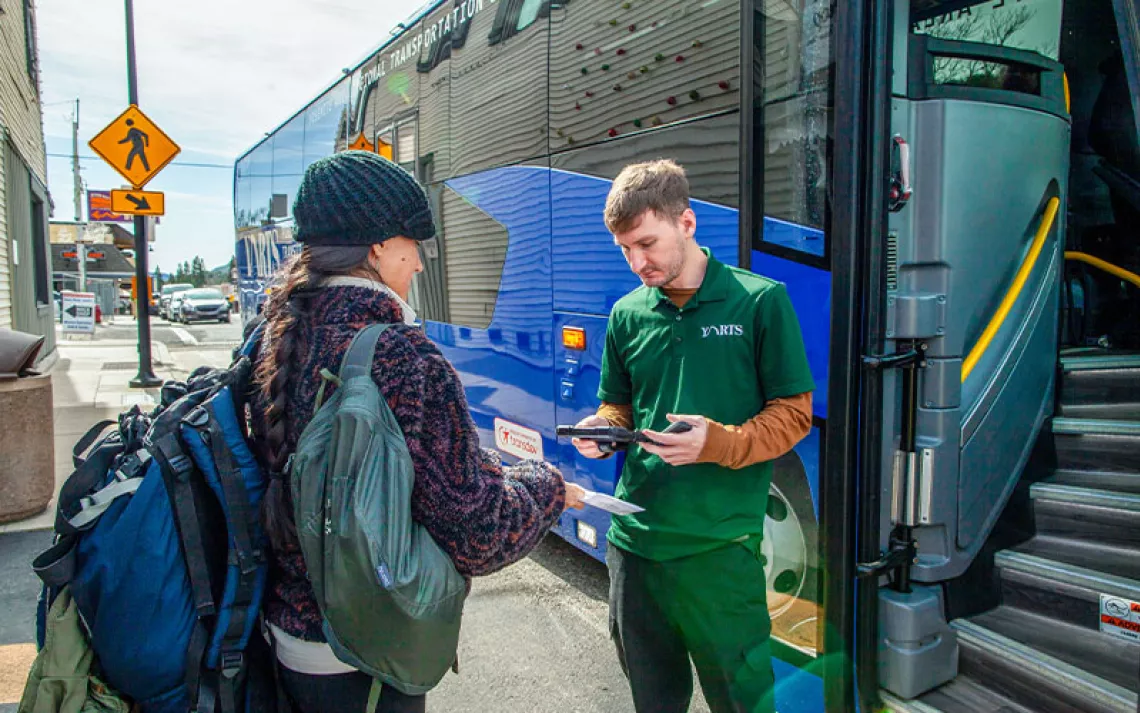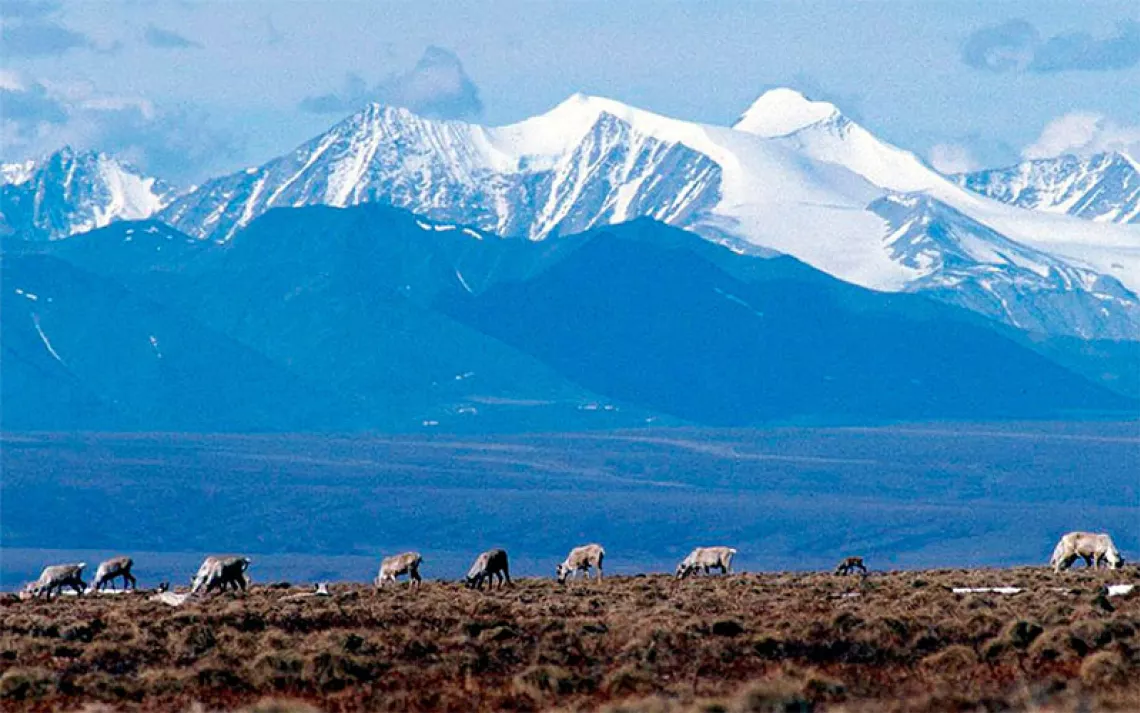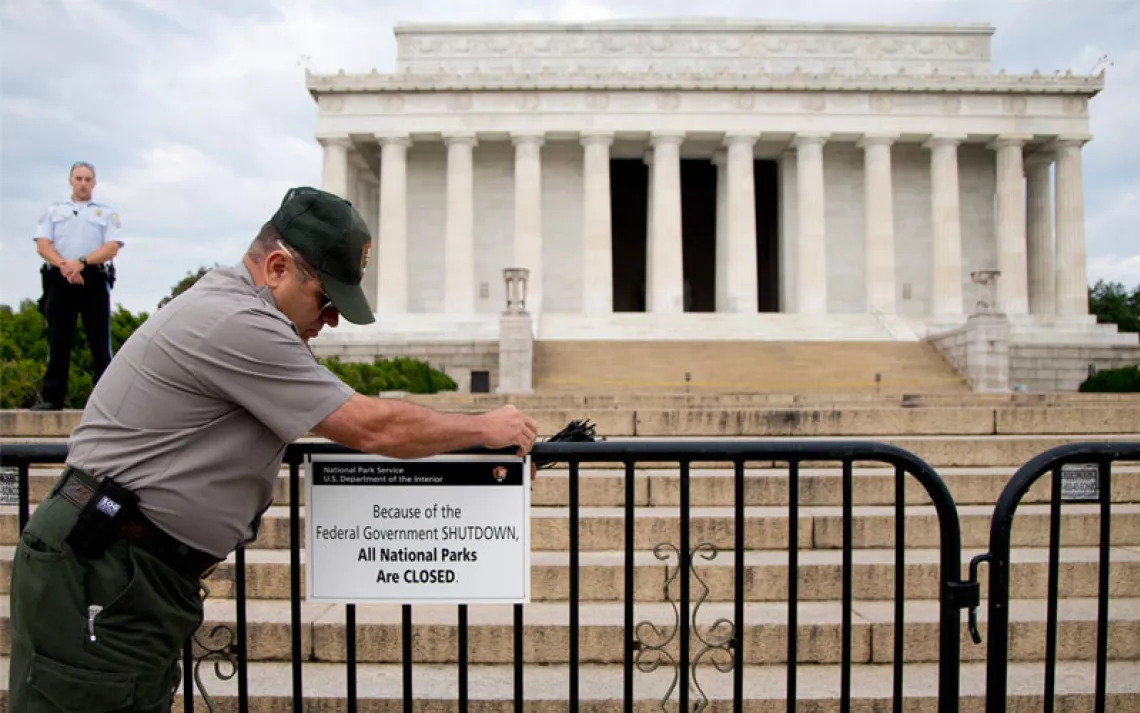Red Rock Stories: Two Excerpts
Three generations of writers speak on behalf of Utah’s public lands

Photo by Rixipix/iStock.
"The View From the Mesa"
by Shonto Begay
From where I sit, I look into the sanctuary of my childhood. In my earliest recollections, my environment was just as far as my eyes could see. My world was the circular line of the horizon. This was the place that harbored the ancient gods and animal beings that are so alive in our legends. . . . The land is scarred with erosions of rain, yet the corn stands tall, offering yellow pollen for another year.
♦
"It's the Land That Tells the Story"
by Jacqueline Keeler
Once, when we were children, we stopped at Mesa Verde National Park on a trip from Denver to visit my mother’s family on the Navajo Nation. Climbing a ladder on a tour through the ruins, my sister tore off a nail. My parents comforted my distraught little sister and told her, yes, her nail would grow back.
We drove on until we reached my grandparents’ house. There my grandfather, shi cheii, and my grandmother, shi ma saanii, chided my mother in Navajo for taking us to the ruins. They fretted over my sister’s lost fingernail, imagining darkly the spirits that haunted such places. The fingernail, in Navajo culture, is a personal item and often used in witchcraft. Its loss represented a foreboding attack on our family’s happiness, our wholeness—what Navajos call hózhó, the harmony and balance with all things.
Our clan name is Kinya’áanii, Towering House, and some say we came from the ancient people who built those towering edifices, those ruins, seen throughout the Dinetah, our homeland between the four sacred mountains. It is also said (Alk’idaa’jini’) we were created by the goddess Changing Woman when she made the original four clans of the Navajo people. She rubbed her skin and fashioned my first Kinya’áanii ancestors from it. We were special because we came from her heart.
When I meet other Navajo people, the first thing they want to know is my clan. The first thing they know about me is my connection to Changing Woman, the land, and to the people. So often, as Native people we are marginalized and our existence excised in the stories told by the dominant society. So often we are never a part of those stories—whether they are in the Bible taking place in a distant time or place or when they take place here in America, today. For me to have a story that traces my origins, my identity to the goddess’s own body through my mother, to her mother and on back to that ancient time when we were first made gives me a place in the story of this land.
And it is the land that tells the story—stories go to the heart of who we are. When we live on the land, these stories naturally emerge from the very environment and are told by our elders and passed on to the next generation and the next.
When my Navajo grandfather came to visit in my childhood suburban neighborhood, the other children were fascinated by him. He soon had a gang of followers on his daily walks. An old Indian cowboy, he looked like Crocodile Dundee. One morning, before he began his trek, he looked around for a good walking stick and found one in the yard next door. Our neighbor came out screaming in her bathrobe as he finished cutting down her new tree. But realizing she had met a real Indian (my grandfather did not speak English), she ended up thanking him, grateful he existed at all.
You could still see cattle and even antelope grazing from our homes, but our streets were named for figures from Greek mythology. On Pegasus Drive, we and our neighbors planted the dirt yards of our new homes with emerald lawns and young trees, bushes, and ornamental flowers. But in our backyard, my mom grew a garden filled with towering corn plants, squash, and cucumbers that she pickled along with the dill she grew. Those smells filled our home in summer.
When my grandfather left our neighborhood to explore the ranchland beyond it, he stopped at the barbed-wire fence that separated these two worlds. With his troop of children watching, he pulled out his wire cutters—he was a lifelong rancher, after all—and to our collective shock, cut the fence. That section of the fence was already bent, the wires pulled apart by joggers and our more adventurous neighbors, but my grandfather was different because he saw no separation between the worlds on either side of the fence. None at all. They were, in his mind, one and the same.
I was astonished. As a child I had no idea how these two worlds could be bridged. Watching him, I realized that they could be. His actions cut the veil that separated us.
I learned so much from my grandparents, and they learned from living on the land, the Dinétah. It is the land, itself, that taught the Navajo people, we five-fingered beings, fallible and shortsighted as we are, traditional Diné cultural precepts like hózhó, living in harmony. And it is in places like Bears Ears, filled with ancient sites and habitats, where that learning can continue to take place. These places still have so much to teach us.
 The Magazine of The Sierra Club
The Magazine of The Sierra Club







